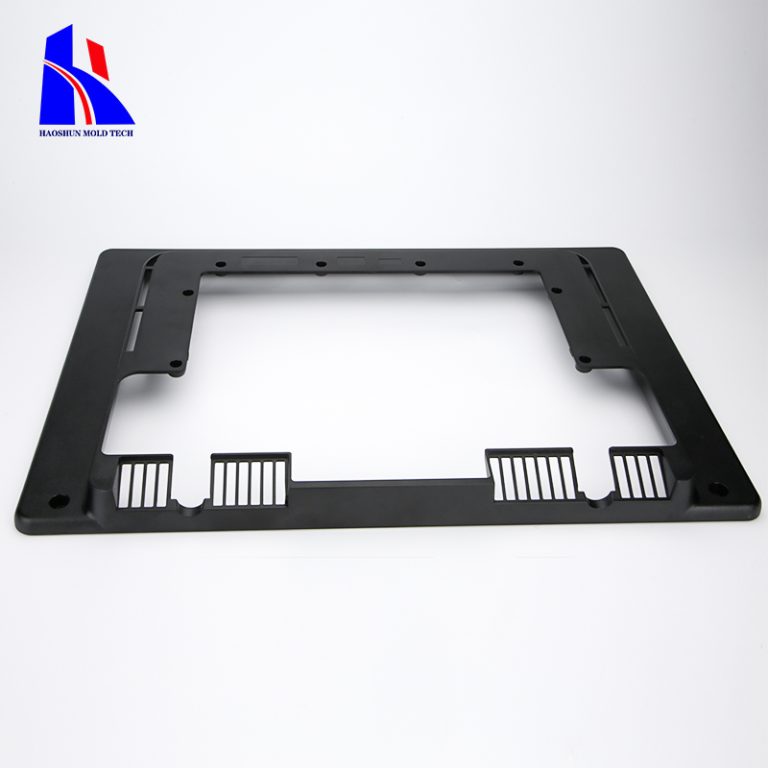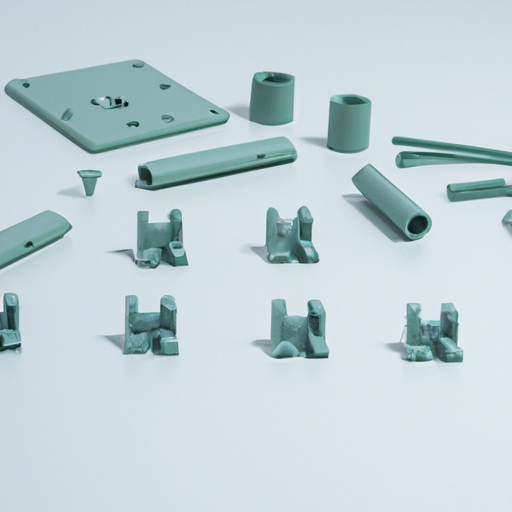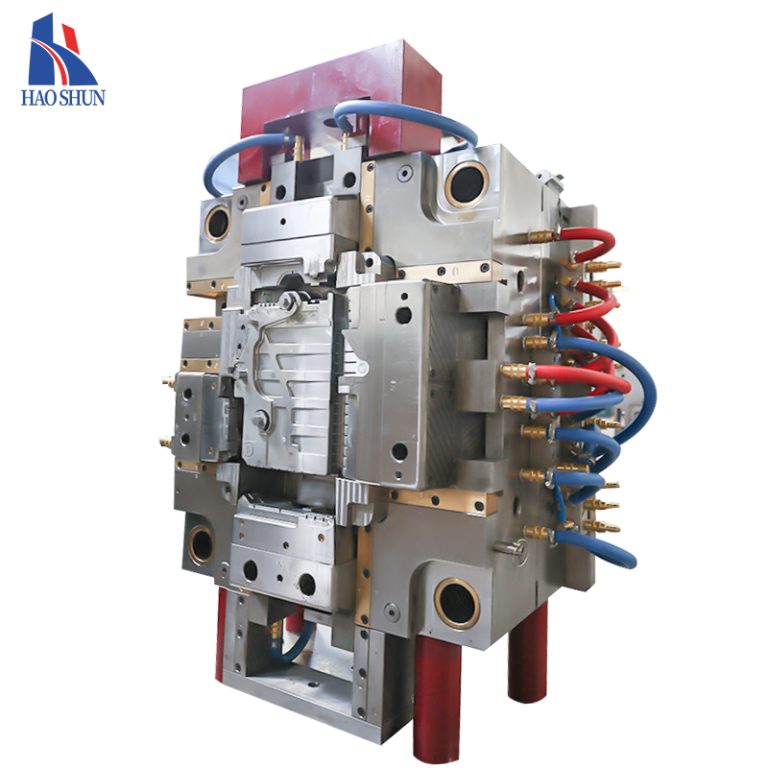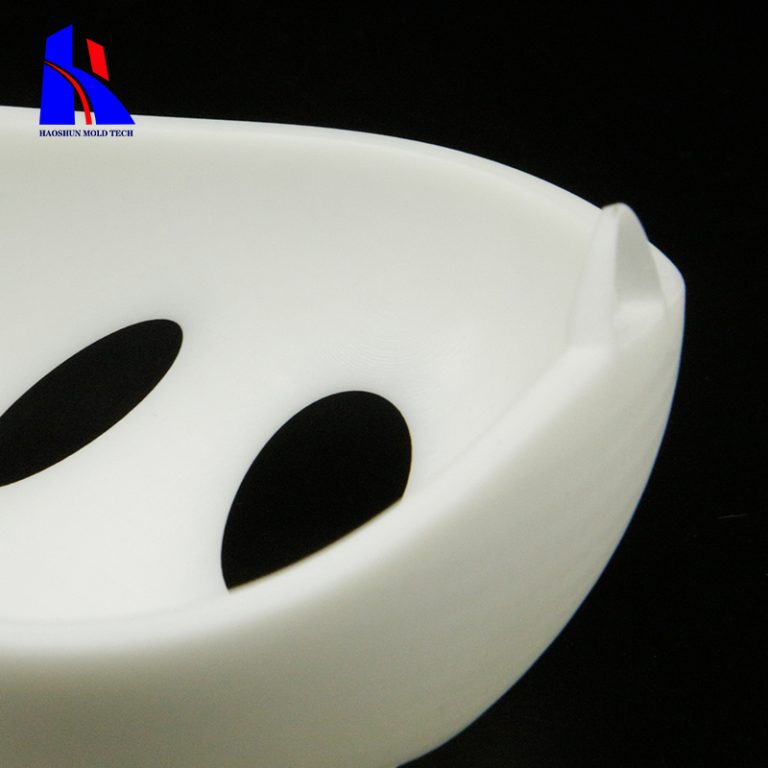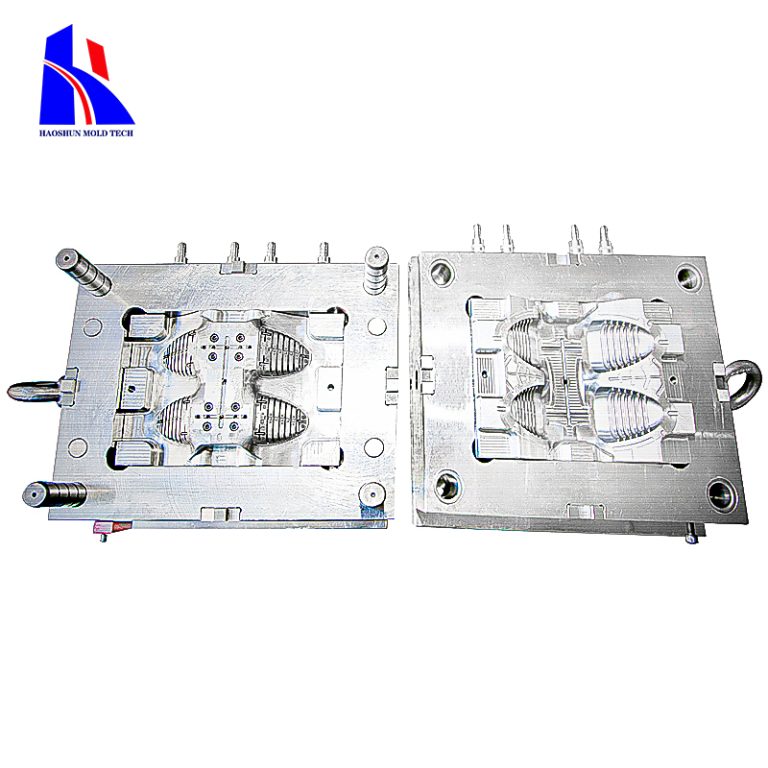plastic parts crystal coating plastic parts box
When it comes to applying a crystal coating to plastic parts or packaging, there are several considerations to keep in mind to achieve a high-quality finish. Here’s a detailed overview of the process and considerations involved:
What is a Crystal Coating?
A crystal coating is typically a clear, high-gloss finish applied to surfaces to enhance their appearance and provide additional protection. It often involves a clear resin or lacquer that creates a shiny, glass-like effect.
Applications
1.Plastic Parts: Crystal coating can be applied to various plastic components, such as automotive parts, electronics housings, or consumer goods, to give them a high-gloss, visually appealing finish. It also provides protection against scratches, UV rays, and other environmental factors.
2.Plastic Parts Box: For packaging purposes, a crystal coating can be used to improve the aesthetics of plastic boxes, making them look more polished and professional. This can be important for product presentation and brand perception.
Process for Applying Crystal Coating
3.Surface Preparation:
4.Cleaning: Ensure the plastic parts or boxes are thoroughly cleaned to remove any dust, grease, or residues.
5.Sanding: If the surface is rough or has imperfections, it may need to be lightly sanded to create a smooth base for the coating.
6.Application:
7.Primer: Depending on the type of plastic, a primer may be needed to improve adhesion. This step is crucial for ensuring that the crystal coating adheres properly to the plastic surface.
8.Coating: Apply the crystal coating using appropriate methods such as spraying, brushing, or dipping. Follow the manufacturer’s instructions for application thickness and technique.
9.Drying/Curing:
10.Allow the coating to dry or cure as per the manufacturer’s recommendations. This could involve air drying, heat curing, or UV curing, depending on the type of coating used.
11.Finishing:
12.Once dry, inspect the coated surface for any defects or imperfections. Additional polishing or buffing may be necessary to achieve the desired gloss level.
Considerations
13.Type of Plastic: Different plastics may react differently to coatings. Some plastics might require special primers or adhesion promoters to ensure the coating bonds properly.
14.Environment: Application should be done in a controlled environment to avoid dust and contaminants that could affect the finish.
15.Coating Type: There are various types of crystal coatings available, including acrylic, polyurethane, and epoxy-based coatings. Each has different properties and suitability depending on the application.
16.Durability: Consider the intended use of the plastic parts or packaging. The coating should be selected based on factors such as resistance to abrasion, chemicals, and UV light.
17.Safety: Follow safety guidelines, including using appropriate personal protective equipment (PPE) and working in a well-ventilated area, as some coatings may release fumes.
Common Products
18.Clear Acrylic Coatings: These are often used for their ease of application and good clarity. They provide a glossy finish and are generally suitable for indoor use.
19.Polyurethane Coatings: Known for their durability and resistance to chemicals and abrasion, making them suitable for high-wear applications.
20.Epoxy Coatings: Provide a hard, durable finish and are often used in more demanding environments.

By carefully selecting and applying a crystal coating, you can enhance the appearance and durability of plastic parts or packaging, ensuring a professional and attractive finish.
email : shine@haoshuntech.com
telephone: +8613560008062


